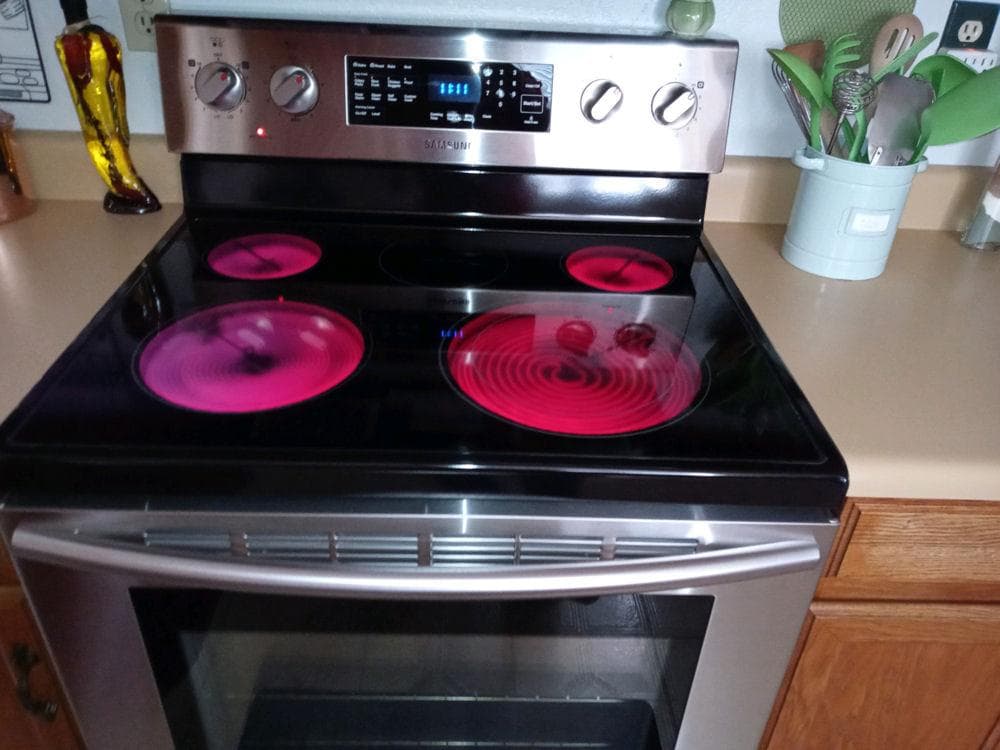Achieving Net Zero GHG emissions by 2050 would require a complete phaseout of residential and commercial gas appliances, including furnaces and boilers, water heaters, ranges and ovens, laundry dryers, grills, and standby generators.
US DOE, in cooperation with the US electric utility industry, has been attempting to eliminate gas end uses for decades. Initially, this effort was based on the ludicrous fantasy that electricity magically appeared at the customers’ meters at 100% efficiency. This fantasy ignored the primary energy losses during the generation processes as well as the secondary losses, including generating plant parasitic power consumption as well as transmission and distribution losses. This approach placed gas end uses at a disadvantage since gas parasitic losses and transmission and distribution losses are far lower than those in the electric system, and gas equipment losses occur downstream of the customer meter.
This fantasy rationalization has now been replaced by the fantasy of climate change as a “crisis”, “emergency” or “existential threat". The federal government has set Net Zero as a goal to be achieved by 2050, but with no published plan to achieve the goal. The Administration has taken several steps toward a gas phaseout, including a proposed ban on gas exploration and production both offshore and on federal lands. The Administration is also pressuring lenders to refuse to finance new gas system investment. Several state governments have banned hydraulic fracturing for natural gas production. Other states have refused to approve pipeline expansions to serve growing consumer demand. One state is attempting to halt operation of an existing pipeline that serves both US and Canadian markets. Several cities have banned or announced bans on new natural gas connections.
These actions have already driven significant increases in natural gas prices and have threatened supply shortages. The situation will only get worse as supply is restricted further.
Replacing existing gas end-use appliances and equipment with electric end-use equipment would often require electric service upgrades of 100 amperes in residential dwellings and of several hundred amperes in commercial buildings. The replacement appliances and equipment would add thousands of dollars to the cost. The replacement electric appliances would also increase consumer energy bills as electricity rates increase due to the transition to renewable energy sources plus electricity storage.
The realization that gas service would become unavailable in the future would cause builders and their customers to choose all-electric construction to avoid later conversion costs. It would also cause customers faced with appliance replacement decisions to choose electric appliances to replace worn-out gas equipment. Progressive appliance and equipment replacement would increase gas costs as the existing transmission and distribution infrastructure was used to deliver less and less gas over time. It is completely predictable that these cost increases would be blamed on the suppliers, rather than on the government actions which caused the increases.
The unavailability of gas standby generation systems would increase the vulnerability of customers which require an uninterruptible power supply, such as hospitals, nursing homes, prisons, and some residential buildings including high-rise apartment and condominium complexes, to grid interruptions.
